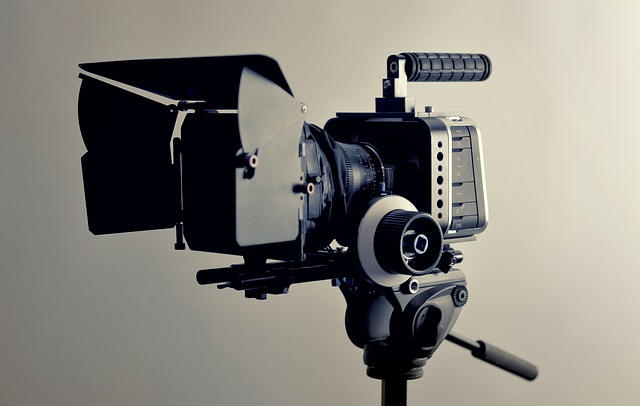Exploring the Intricacies of Television Filmmaking
In the world of filmmaking, creating compelling narratives that resonate with audiences requires mastery over both artistic vision and technical prowess. Television, as a unique medium, presents distinct challenges and opportunities that filmmakers must navigate. From gripping dramas to light-hearted comedies, the way stories are visualized on screen can significantly impact viewer experience.
The Craft of Storytelling in TV
At its core, filmmaking in television is about storytelling. Each frame matters, and every shot is a building block that contributes to the narrative flow. Filmmakers must carefully consider how visuals enhance the story, using techniques such as framing, lighting, and color grading to evoke emotions and build tension. These aspects are not just artistic choices; they are essential elements that engage the audience on a deeper level.
Technical Mastery: The Filmmaking Toolkit
To convey a story effectively, filmmakers rely on an array of TV-specific techniques. The use of different camera angles, movement, and depth can completely transform the perception of a scene. For instance, a close-up can reveal a character’s internal struggle, while a wide shot can set the overall tone of a setting. Understanding how to manipulate these visual elements is key to a successful TV project.
Visualization: Building the World
In television, visualization extends beyond mere visuals; it encompasses the entire production design and atmosphere. This is where the integration of advanced technology comes into play. Filmmakers today have access to a plethora of tools and software that allow for precise visualization and pre-visualization of scenes. Storyboards, animatics, and digital modeling all contribute to a richer storytelling experience, allowing creators to showcase their vision before filming even begins.
Monitors and Display Technology: The Heart of Filmmaking
Choosing the right monitors and display technology is paramount in television filmmaking. Color accuracy, resolution, and screen quality can dramatically affect how the audience perceives the visual narrative. As production teams collaborate with cinematographers and colorists, they must ensure that every detail is captured flawlessly. With the rise of 4K and even 8K displays, filmmakers have the opportunity to present their work with unprecedented clarity and detail, further immersing viewers in their stories.
The Future of Filmmaking in Television
As technology continues to evolve, so too will television filmmaking techniques. New display technologies, such as OLED and microLED screens, promise to revolutionize the viewing experience with richer colors and deeper contrasts. With virtual and augmented reality becoming more prevalent, the boundaries of storytelling are expanding, offering filmmakers exciting avenues to explore.
In this ever-changing landscape, the essence of filmmaking remains the same: it is about crafting stories that connect with audiences. By mastering the art of visualization, utilizing advanced technologies, and embracing innovative techniques, television creators are poised to captivate viewers in ways that were previously unimaginable.




